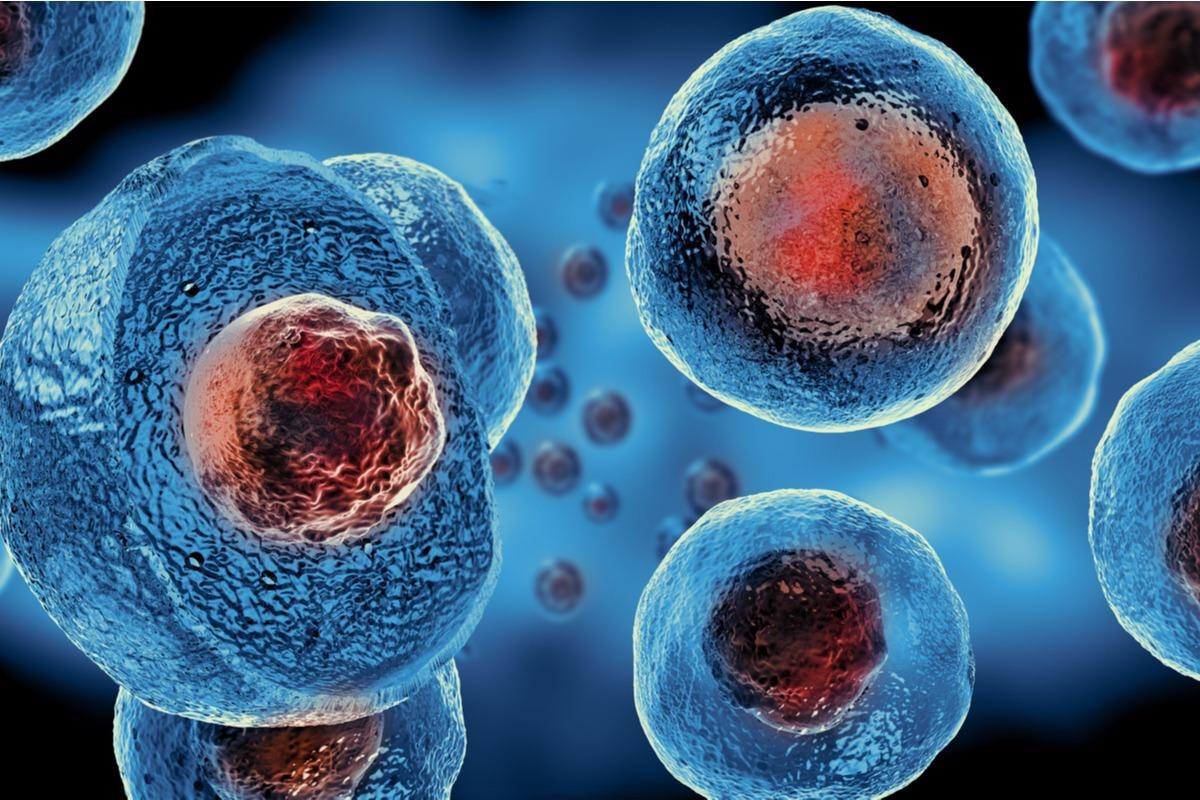Since December 2019, Wuhan, China, has been conducting influenza and related disease monitoring, and a number of cases of viral pneumonia have been discovered, all of which have been diagnosed as viral pneumonia or pulmonary infection. The World Health Organization (WHO) designated it a novel coronavirus (2019-nCoV) on January 12, 2020.
The coronavirus Research Group dubbed the virus severe acute respiratory syndrome coronavirus 2 (SARS-CoV-2) and the WHO designated the condition induced by it as coronavirus disease 2019 (COVID-19).
 Study: When stem cells meet COVID-19: recent advances, challenges and future perspectives. Image Credit: Giovanni Cancemi/Shutterstock
Study: When stem cells meet COVID-19: recent advances, challenges and future perspectives. Image Credit: Giovanni Cancemi/Shutterstock
Immune control and tissue injury healing are significant capabilities of stem cells, particularly mesenchymal stem cells (MSCs). MSCs and lung stem/progenitor cells (LSCs) have been widely used in the treatment of viral infections and illnesses, such as acute lung injury (ALI), in recent years. Since the COVID-19 outbreak, MSC therapy has also been in the focus. MSCs have been found in recent studies to effectively attenuate the severe inflammatory response in SARS-CoV-2 patients, enhance lung function, protect and repair the lung, and play a positive role in relieving pulmonary fibrosis in COVID-19 patients.
Furthermore, a variety of organoids produced from stem cells have been established in numerous studies to be an ideal and sufficient model for investigating the likelihood and mechanism of SARS-CoV-2 infecting multiple organs, which can help clinical therapy research.
A group of researchers from several institutions address how stem cells will play a part in the fight against COVID-19 in this paper, which includes a systematic review and perspective of the study on COVID-19 stem cell-based therapy and disease modeling.
The use of stem cells for COVID-19 therapy
There are now numerous uses and investigations for experimental stem cell therapy in severely ill COVID-19 patients, particularly MSC therapy. MSCs are produced from the mesoderm and ectoderm during the early stages of embryonic development, and they have gotten a lot of press because of their multidirectional differentiation capability, immunomodulatory capabilities, and lack of ethical issues. MSCs have been extracted from many tissues and employed for particular tissue repair and regeneration as regenerative medicine and precision medicine have progressed. MSCs can currently be extracted from a wide range of human tissues, including bone marrow, umbilical cord blood, adipose tissue, endometrium, uterine blood, embryos, and so forth.
The first trial of stem cell treatment in COVID-19 found that administering intravenous clinical-grade MSCs to 7 COVID-19 patients improved their functional results and promoted rehabilitation. From January 23, 2020, to February 16, 2020, the Beijing YouAn Hospital in China recruited 7 COVID-19 patients. Each patient received 1 x 106 MSCs per kg of body weight by intravenous infusion. Within two hours of transplantation, no acute infusion-related adverse or allergic events were detected. The patients had a high fever, weakness, shortness of breath, and hypoxia prior to MSC transplantation. All of the symptoms had vanished by 2–4 days after transplantation, and all of the patients' lung function had greatly improved. Furthermore, the absence of angiotensin-converting enzyme 2 (ACE2) and strong expression of certain trophic factors may represent the immunomodulatory mechanism of MSCs, according to this study.
MSCs show the most potential as a cell-based therapy for COVID-19 because they have substantial immunoregulatory properties and can regulate both the innate and adaptive immune systems. To reduce overactive immune responses and cytokine storm syndrome (CSS), MSCs can emit a variety of soluble substances, as well as extracellular vesicles and exosomes (EXOs).
MSCs can also influence the intensity and balance of the immune response by interacting directly with immune cells such as lymphocytic T cells, B cells, macrophages, neutrophils, and natural killer (NK) cells. Furthermore, studies have discovered that adult cells only produce interferon when the virus invades, which activates hundreds of antiviral genes and recruits immune cells to fight the virus, whereas stem cells are independent of interferon and can activate many antiviral genes on a continuous basis.
Conclusion
Overall, despite the fact that stem cell clinical research is still in its infancy, stem cell treatment offers extensive clinical application possibilities and a far-reaching relevance thanks to ongoing exploration of stem cell clinical research and data mining. It is also expected that as stem cell therapy advances, more COVID-19 patients with severe disease will be saved, and more lives will be saved.